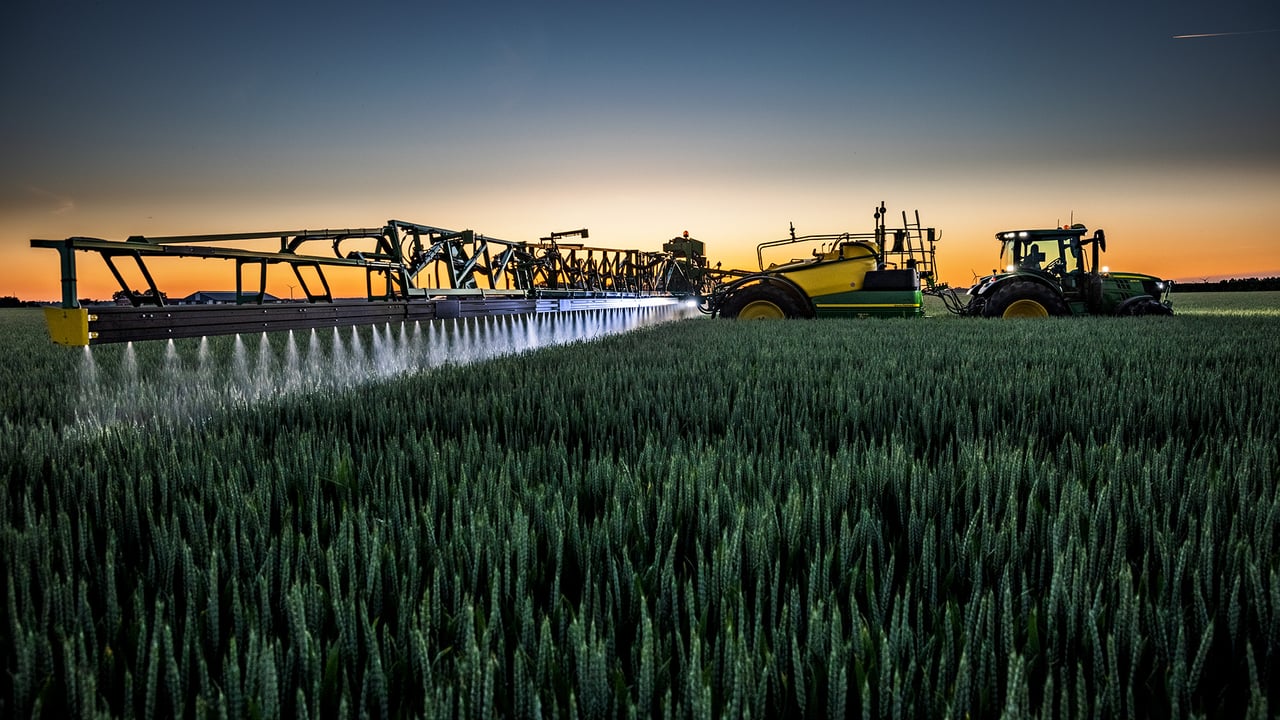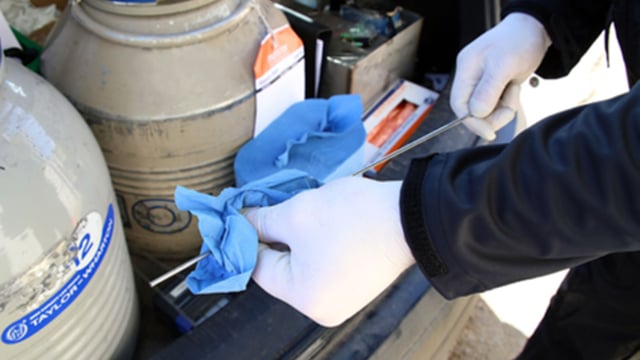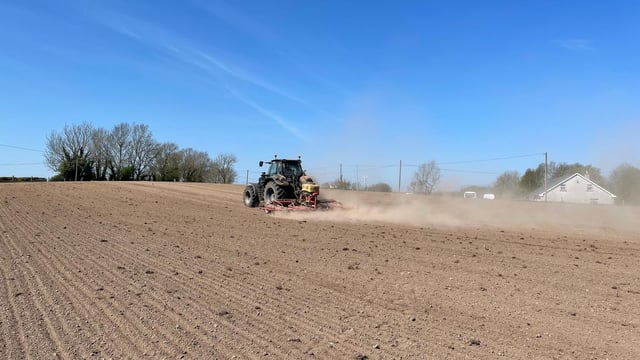Complicated interaction between aphids and BYDV - research
Teagasc research is delivering new insights into the challenge posed by Barley Yellow Dwarf Virus (BYDV) for Irish tillage farmers.
Specifically, the work is confirming that extremely complicated processes are at play, all of which are associated with the relationship that develops between aphids, the virus they carry, and the host cereal plant.
And each link in the chain has a number of factors that can affect the final impact – if any - that BYDV can manifest within a crop.
For example, there are different forms of the BYDV virus with differing capabilities of interfering with crop growth patterns.
In addition, the timing of the initial infection and the stage of plant growth can have a key impact on subsequent crop performance.
This is why sowing times are so critical in terms of the disease pressure that cereal crops are exposed to.
All of these issues were profiled by Teagasc tillage specialist, Shay Phelan, in detail at a recent crop walk in Co Louth.
But in terms of practical advice to farmers, the route one BYDV prevention measure comes back to sowing date.
Phelan said: “March-sown spring barley crops will not need an insecticide to control BYDV: it’s too early in the season.
“On the other hand, April-sown crops will, invariably, require an insecticide to control the issue.”
Phelan also said that where autumn sown crops are concerned, "the late-early scenario also kicks-in: but this time in reverse".
“Later sown crops are less exposed to the threat posed by aphids," Phelan explained.
“And, of course, all of this comes down to grower-choice. Some farmers may not wish to use an insecticide under any circumstances.”
Teagasc research has also confirmed a number of general trends where BYDV is concerned. First off, fields with a history of the problem should be identified.
All cropping areas should be inspected for aphids prior to planting. Before applying an insecticide, it is important to walk crops and search sheltered spots, particularly near headlands.
The best control of BYDV is achieved from a single aphicide application at growth stage 14.
It has been shown that two applications at leaf two and leaf four, or at leaf four and first node, are not significantly different, in terms of their overall impact relative to a single application of insecticide at the leaf four stage.





